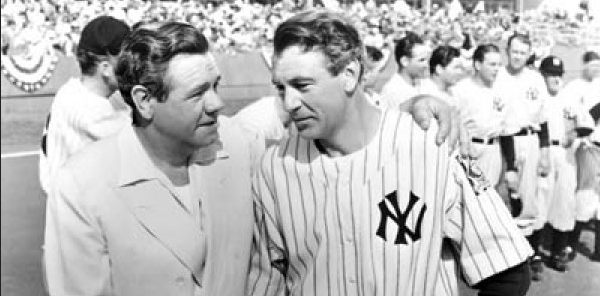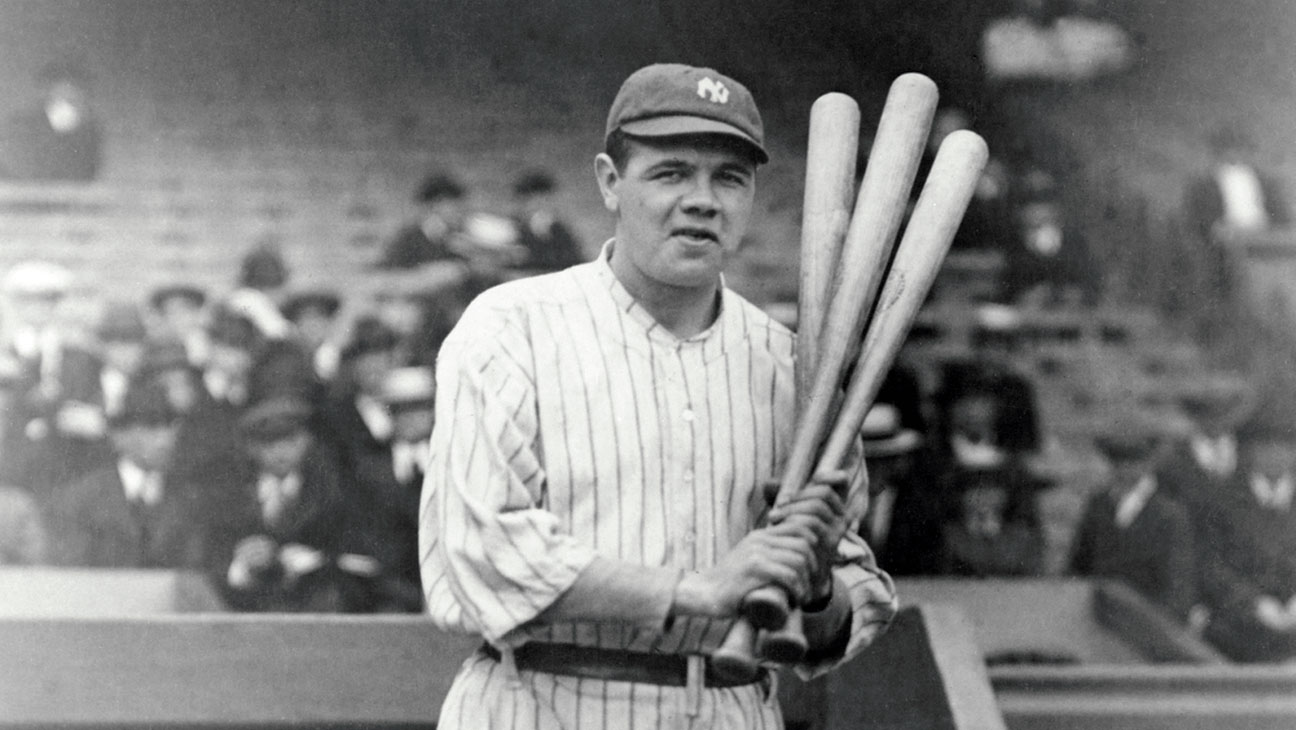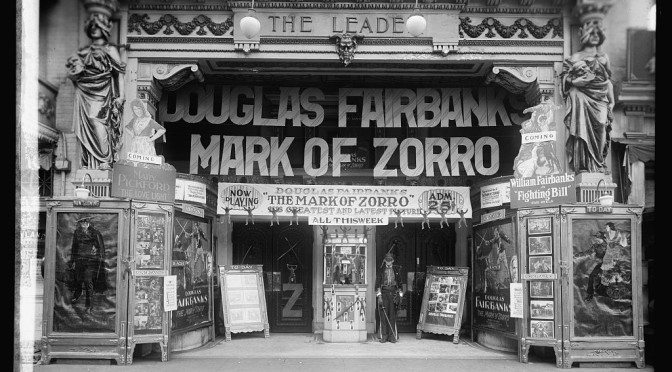George Herman “Babe” Ruth acted in a few films over his lifetime, but a majority of these films could and should be considered propaganda films as they were “fictional” films about his life. It’s an interesting footnote in history that these films starred him, playing himself, but actually had no basis in real fact.
The first film was “Heading Home” (1920) and was spearheaded by the Yankees Organization as a PR stunt to present Babe Ruth as their upcoming “Star” player. The Yankees and Jacob Rupert purchased Babe from the Red Sox in 1919 and instantly went into production on the film and the publicity stunt worked. The Babe is the main contributing factor for the success of the Yankee’s popularity and winning streak in the 20’s and 30’s. The Yankee ownership and management really knew how to take full advantage of their “Star’s” image and presented a story that was complete hogwash.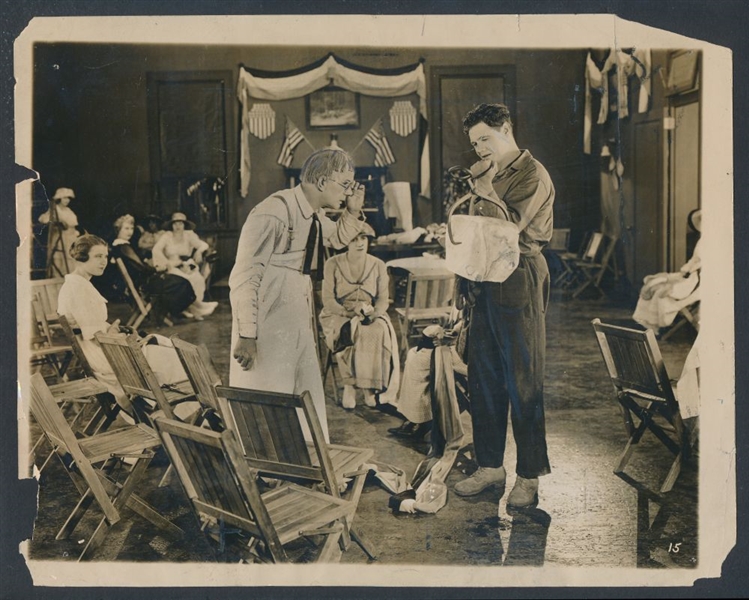
The real story of his early upbringing is that he was raised on the Baltimore docks where his father ran a waterfront bar where young George was constantly exposed to the rowdy behavior and practices of merchant seamen and dockwallopers. Inevitably, George became incorrigible as a result and his father was forced to turn him over to St Mary’s Industrial School for Boys there in Baltimore at the age of only 7. He stayed there till he was 19 when local baseball scouts discovered him. In the film, “Heading Home”, the story is of a country boy who can’t get the hang of playing baseball and is the butt of jokes in his small town. But one day he gets mad and knocks a towering home run. Suddenly he is off and running to fame in the big leagues. When he returns to his home town, everyone sees that he is the same loveable fellow he was before. Hogwash.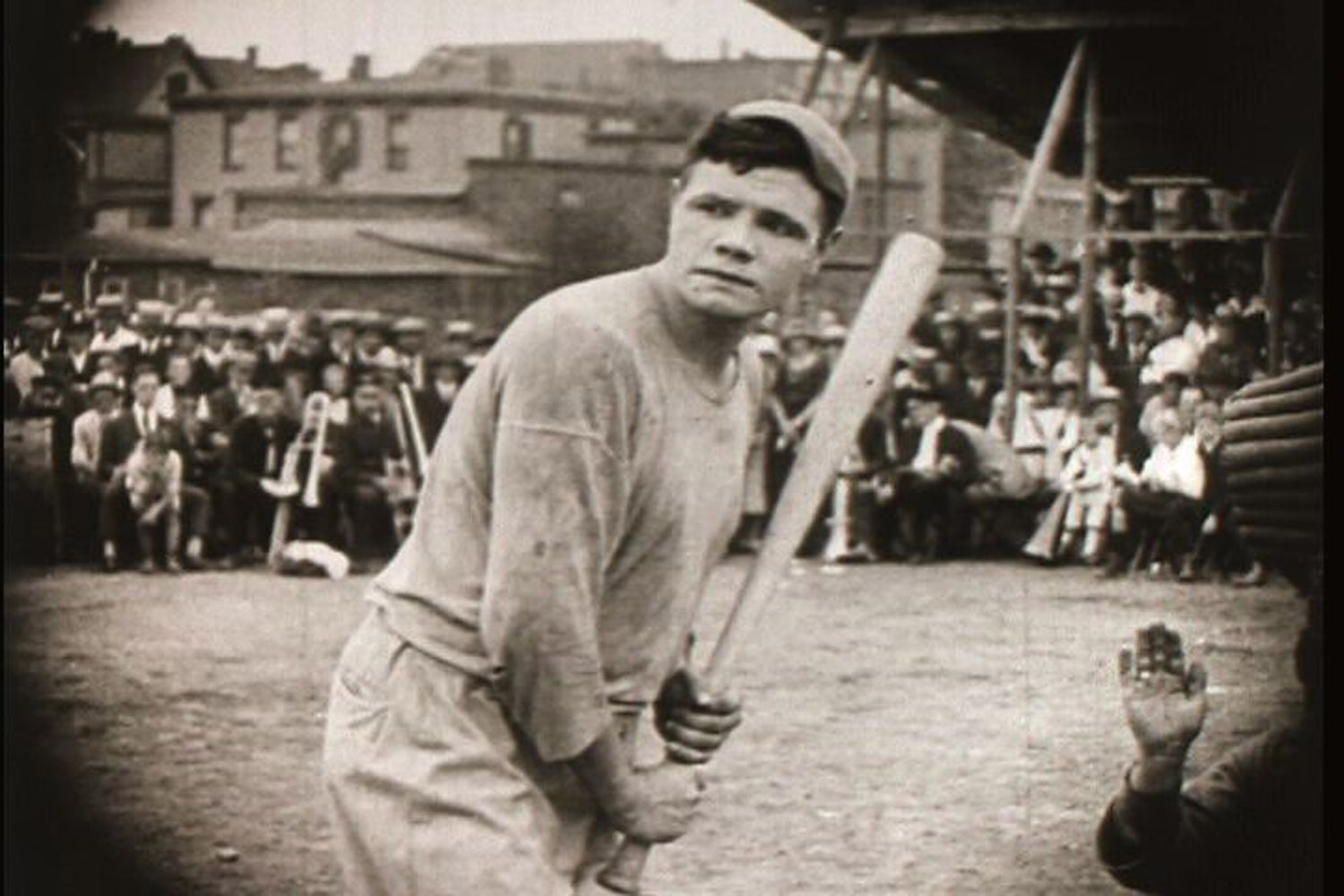
Interesting to note that he had the single season home run record in 1919 at 29 home runs, when he was sold and broke that record the very next year when he hit an amazing 54 home runs the same season his first movie was released. His next film would come 7 years later called, “Babe Comes Home” (1927) and would be produced after Babe has become a true sports star but before his legend status. It’s a real shame, but there are apparently no surviving copies of this film anywhere and would certainly be worth a mint if one was found, as it was released during his incredible 60 home run year. No other player before had ever hit 60 home runs in one season, and many people thought it to be impossible. He actually was the only player in history to do so in the original 154 game season because when Roger Maris broke the record in 1961 the baseball season had changed to 162 games so he had 8 more games in which to score 1 more hit than Ruth.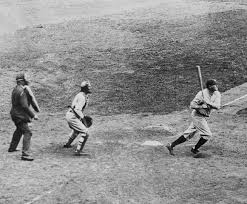
As the Babe’s career was winding down in 1932, he managed to perform in a series of 5 short films about himself, again fictional, but very playful and fun. Most of these featured kids as well. This was also the year of his most famous hit, the “Called Shot” in the World Series where after 2 strikes he raised his bat to the center field wall and then at the very next pitch proceeded to hit a home run over the very same wall. No one could say he didn’t know how to entertain a crowd!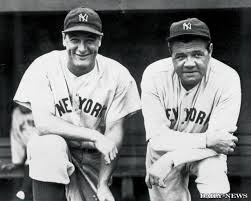
He retired from baseball in 1935 but goes on to his most famous cameo in “The Pride of the Yankees” (1942), with Gary Cooper staring as Lou Gehrig on a biography of his life. This film was released just 17 days after Lou Gehrig died of ALS. Babe Ruth missed several days of shooting and filming during the production, because of his own illness. He would die of cancer 6 years later. It’s interesting to note, of course that Gary Cooper does fantastic, but In reality, Gary Cooper was decidedly not a fan of baseball and required extensive coaching in order to look even passable on a baseball diamond. In fact, he had never played the game before, even as a youth, and had never even seen a baseball game in person until he was hired for this film. It was another Babe that helped him through the film, scenes requiring Cooper to throw a ball as a Yankee were filmed using his stand-in, Babe Herman. Babe Herman also was a technical advisor on the film and consulted with Cooper daily to get him prepared for the film.